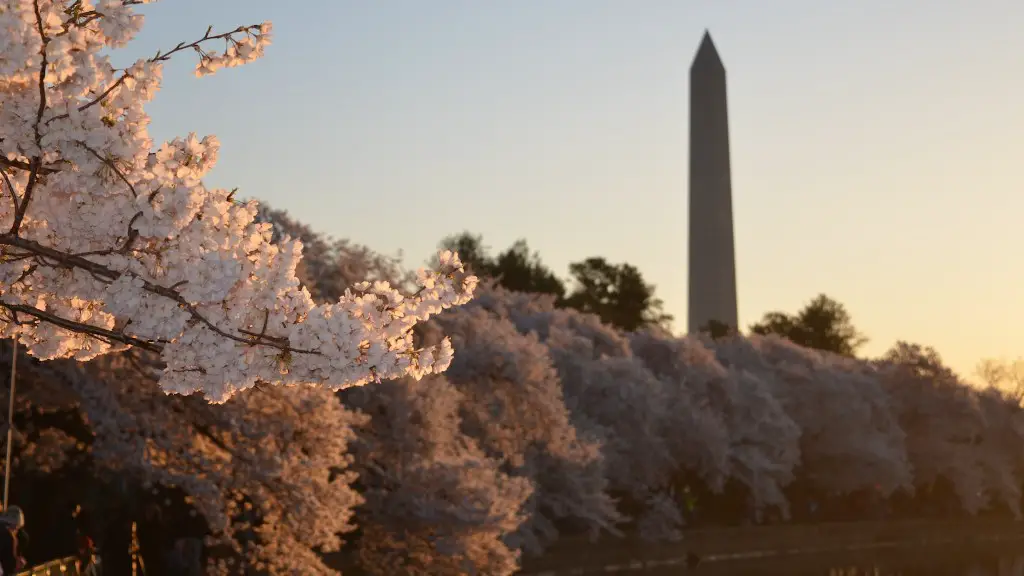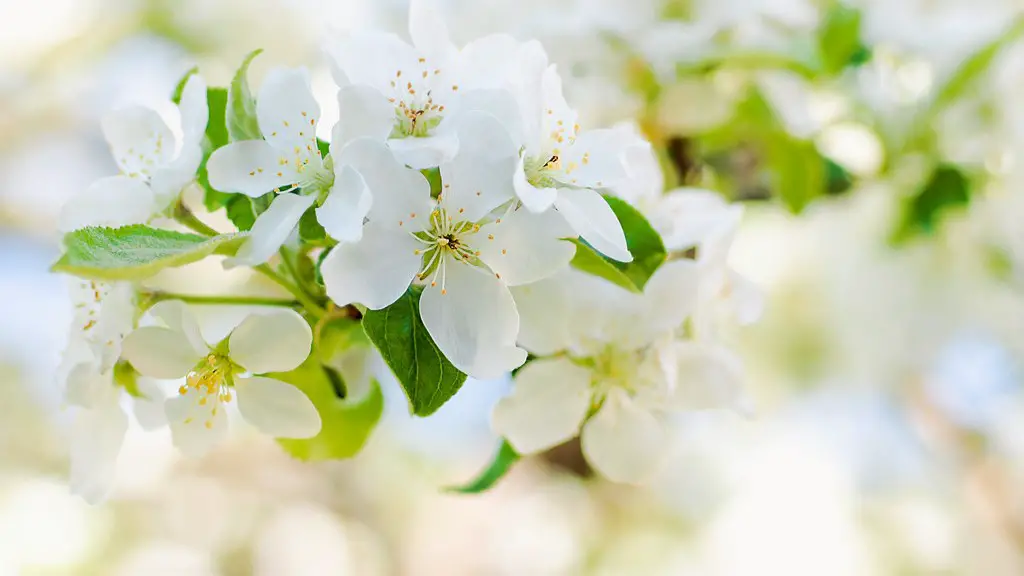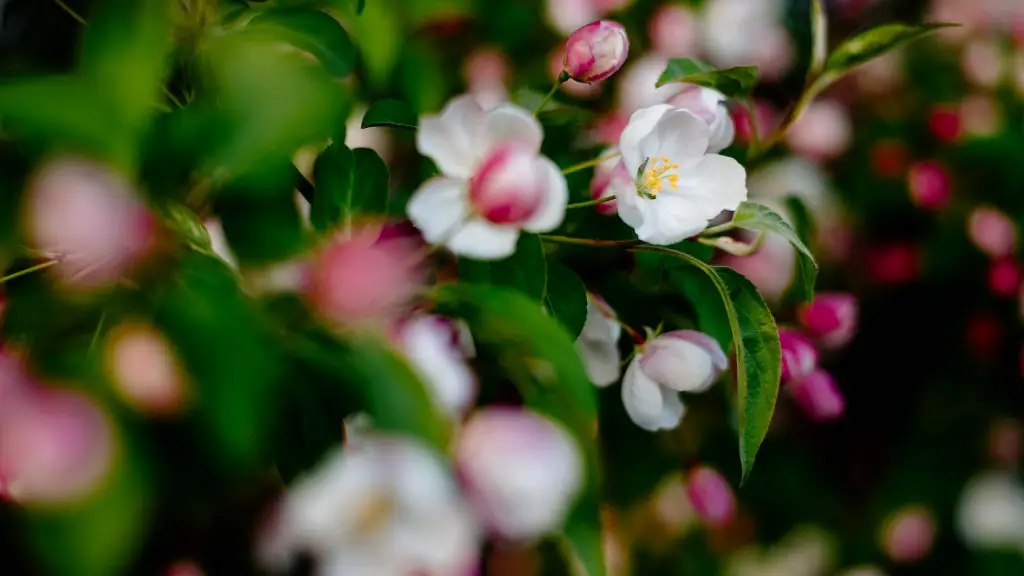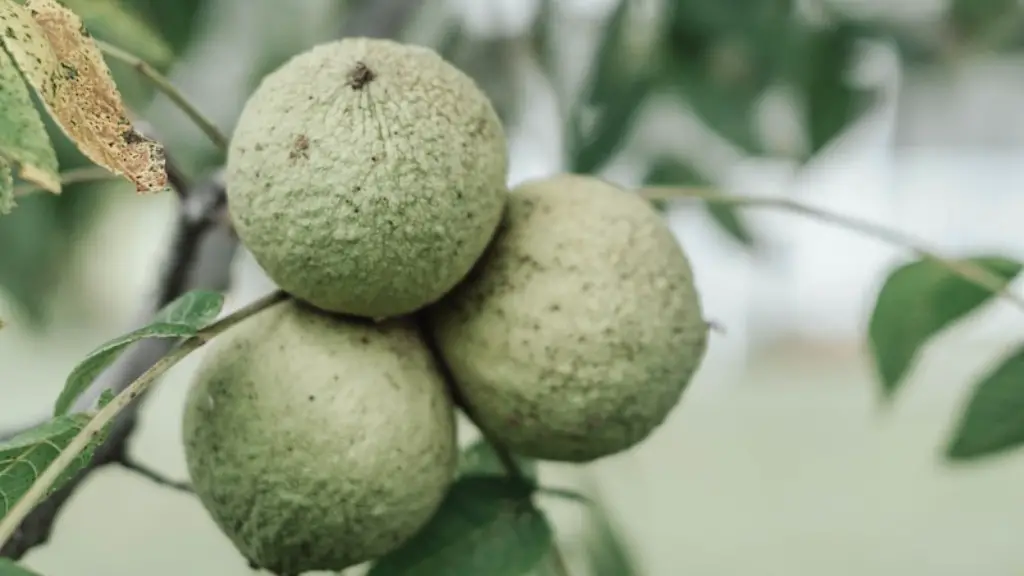Planting and Growing Bing Cherry Trees
Bing cherries, one of the most highly prized varieties of cherries, are a popular choice for sweeping orchards and can be grown in many places around the world. With proper planting, irrigation and, most importantly, pollination, it is possible to have a healthy bing cherry tree that produces delicious, juicy fruit.
When considering the planting of a bing cherry tree, it is important to find a site with well-draining, loamy soil and access to a full 8-10 hours of consistent sunlight each day. Planting should be done in the spring or early summer, with fertilizer, water and compost added around the roots of the tree.
Though bing cherries are one of the few cherry trees able to self-pollinate, if multiple bing cherry trees are to be grown, pollinate the flowers with other cherry varieties such as Lapin, Stella, or Hedelfingen. This helps in ensuring a higher yield and a more consistent fruiting.
Pollination is done by transferring the pollen from one flower to another with an artist’s brush. Timely pollination is essential and should be done when about half of the flowers in the tree have opened – usually around late spring or early summer.
Depending on geographic location, seasonal temperatures and the amount of rainfall, it can take anywhere from 2-6 weeks for the cherries to grow and reach maturity. During this time, girdling and careful thinning may be required for a well-managed crop. Girdling, or the notching of a strip of the bark on the trunk of the tree, helps in controlling the flow of sap inside the tree and in reducing available nutrients for late-developing fruits.
Thinning is also important as it ensures that each cherry has sufficient size while making sure that there is no overcrowding in the tree which leads to smaller and inferior fruits. The optimal amount of thinning is to leave the cherry tree bearing one of every two to three cherries.
Harvesting and Storing Bing Cherries
When it comes time to harvest, one should identify whether the fruit is ripe for picking by pulling one gently from its stem – it should come away without much effort. Alternatively, once un-pollinated cherries start turning from green to yellow and red in colour, the tree is ready for harvesting.
It is better to harvest cherries in the morning, when the water content is highest and potential for loss is minimized. Also essential is using harvesting bags or containers to ensure the fruit stays intact and for efficient collection.
Once the cherries have been harvested, the next step is to store them. They can be stored at room temperature for a few days, however a longer-term storage requires refrigeration. If stored in a refrigerator, cherries wrapped in wax paper or newspaper and kept in a perforated plastic bag can last up to three weeks.
Alternatively, the cherries can be preserved to last for a longer-term period by canning, drying or freezing.
Pruning and Care of Bing Cherry Trees
Pruning of cherries trees is also essential for its growth and productivity, and it should be done about every other year or as needed. During the pruning process, making sure not to cut too deep is essential as over-pruning can cause the tree not to bear fruit at all.
In addition to pruning, regularly fertilizing, weed control and irrigation is necessary for the health of the bing cherry trees. Compost should be added in the spring to recycled the nutrients in the soil.
Irrigation is important during hot and dry spells, yet one should avoid excess moisture or saturated soils as this can cause root-rot, a potentially fatal disease.
Also, one should keep in mind that there are certain pests that can cause harm to the cherry trees. Pests like birds, japanese beetles, aphids and mealybugs can, when left unchecked, cause serious damage to the cherries. Thus, pest control is recommended.
Beneficial Insects and Disease Management
From disease management to controlling pests, knowledge of beneficial insects is essential in order to help the bing cherry tree remain healthy and productive. This can include enlisting the help of predatory insects such as lacewings, ladybugs and hover flies to consume pest insects as well as using disease-resistant varieties.
It is also helpful to pay special attention to cherry tree diseases. Anthracnose, a fungus that can cause defoliation, fruit rotting, and twig dieback, is one of the most common of these diseases and can be prevented by regular pruning and by not excessive fertilizing or irrigating the tree.
Fungicides, including oil or sulfur sprays, can also be used along with attention to the soil fertility, water drainage, and pruning to keep the bing cherry tree disease-free.
Conclusion
With the right care and attention, it is possible to have a healthy and productive bing cherry tree. With proper planting, irrigation, pollination and pest control, a well-managed crop can reward its owners with enough sweet, juicy and delicious fruit to share with friends and family.




